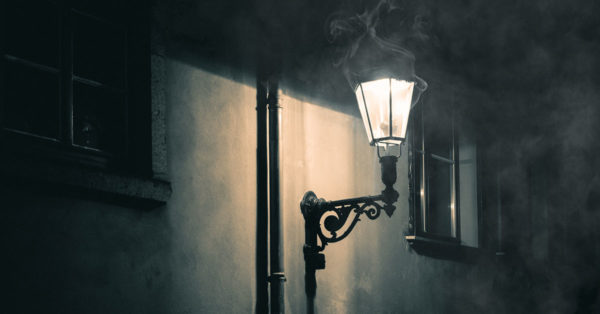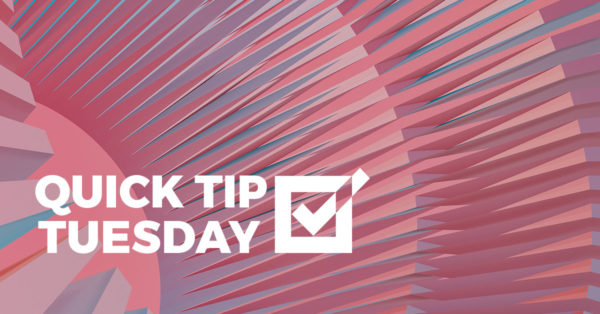Pickleball is America’s fastest-growing sport. Not everyone relishes it.
Is it us, or is the word pickle—along with its subvariants, pickled and pickling—getting a lot more exposure these days? Maybe too much?
LinkedIn lists no fewer than 1,320 company names that incorporate the word; most have nothing to do with the warty green deli staple or anything remotely edible. (See Pickle Footwear, Pickle Roofing, Pickle Finance, Pickle Street Veterinarian Services, Digital Pickle, Pooja Pickling Passivation et al.) But no doubt the most potent propellant of the pickle proliferation presently is the pickleball craze.
And arguably it is a craze—not merely a fad, trend or “thing.” According to the Sports & Fitness Industry Association, the number of pickleball players in the US has doubled to 4.8 million over the last five years. There are now over 10,000 pickleball venues across the country where one can partake of this offbeat amalgam of tennis, ping-pong and badminton, played with a paddle and a plastic ball on a fun-size court.
Craze or no, pickleball has been around longer than you might suppose. As the origin story goes, three dads on Bainbridge Island, Washington—one, Joel Pritchard, a future lieutenant governor—invented pickleball in 1965, and it quickly caught on throughout the Pacific Northwest.
In early accounts, the game was named for Pickles, the Pritchard family’s dog, but it later emerged that the pooch didn’t come on the scene until after the game was named. Rather, the name derives from “pickleboat”—a crew team made up of leftover players from other boats—unless you go with the explanation proffered by Bill Bell, one of the three inventors, who said he always tried to hit the ball in a way that would put his opponent in a pickle. Take your pick.
Played on a smaller court than tennis, pickleball is less punishing on creaky joints yet more kinetic than shuffleboard, thus enjoying a brand image as a senior-circuit sport. Florida, not surprisingly, bills itself as the Pickleball Capital of the World. But the sport has gained comparable cachet among millennials and Gen-Zers, and the median player age is—wait for it—38.
To be sure, not everyone is pickled tink about the sport. The New York Times recently reported on a backlash against the conversion of public tennis courts into pickleball facilities in many communities. The newsletter “Against Pickleball: A Club Leftist Tennis Manifesto” exhorts anti-picklist tennis players to fight “the gangrenous spread of pickleball at every turn.”
Notwithstanding its current popularity, pickle has always been a popular coinage, one of those words that takes up acres of real estate in the pages of the Oxford English Dictionary as slang, proper and archaic English. In the 1400s it meant “to pick clean;” in the 1500s, it was synonymous with “nitpick;” later it was interchangeable with “forgery.” Today, it seems, there are more varieties of pickle than stars in the heavens—sweet pickles, sour pickles, half-sour pickles, bread-and-butter pickles, artisanal pickles, lime pickles, Hungarian pickles, kosher pickles, Christmas pickles and, yes, alas, it’s true, Kool-Aid pickles, sno-cone pickles and pickle slushies.
In baseball, getting caught in a pickle means being trapped in a run-down between two bases. As days grow short and the mercury drops, it’s not too early to purchase tickets for the Portland Pickles’ 2023 season. A collegiate ball club that competes in the Wild Wild West Coast League, they were christened the Pickles in a 2015 online vote, beating out Posse, Pliers and Pixels.
Be careful not to confuse them with the Portland Gherkins, aka the Little Pickles. They’re the [Big] Pickles’ feeder team.




